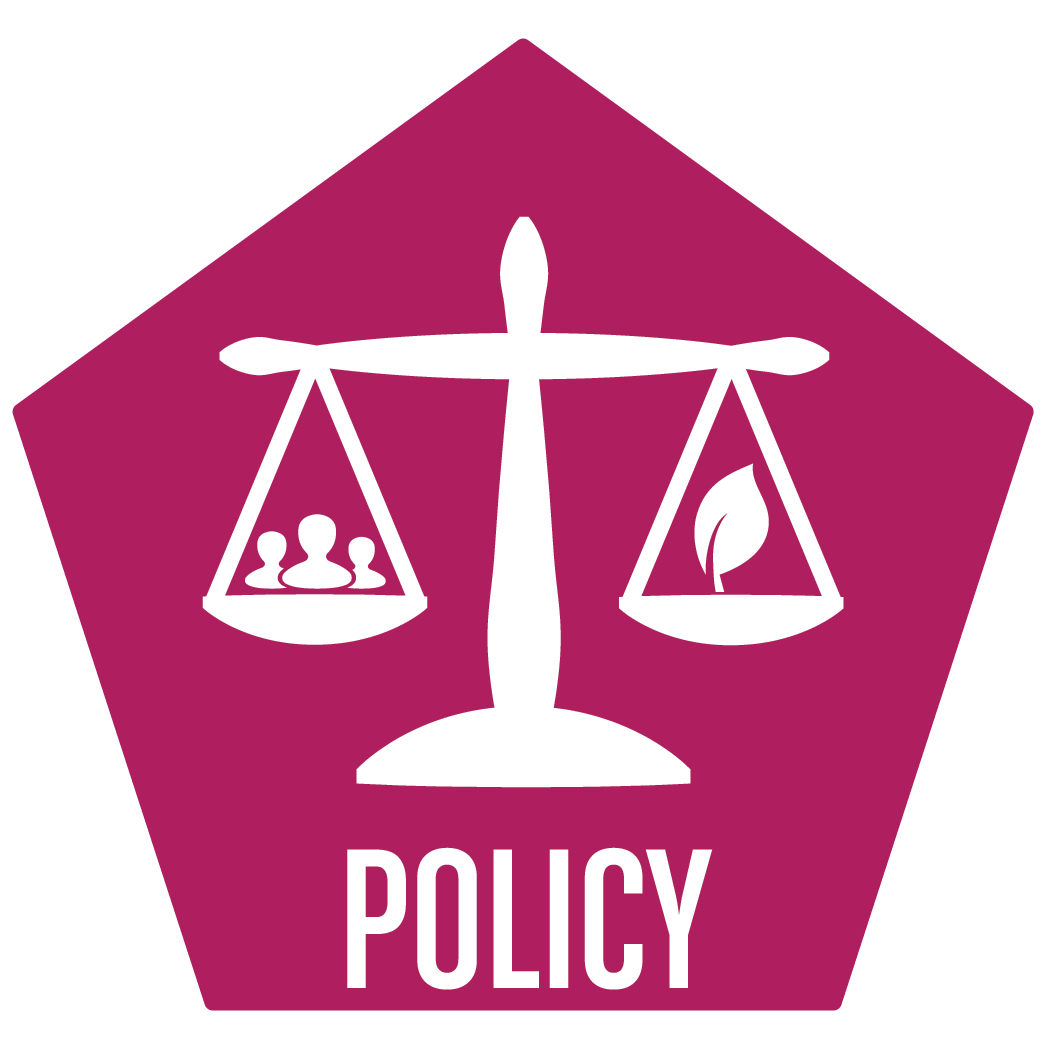8.3 Support large-scale land conservation and restoration programs
Key Message: Conserving and restoring natural lands promotes natural cycling of nutrients through ecosystems, while providing a host of other community benefits. Currently, about 33% of Sarasota County lands have been protected by acquisition or conservation easement. Options for accelerating and diversifying funding for land conservation and restoration should be explored.
Importance
Conservation of natural lands provides natural storage, flow, and filtration of water, and promotes the natural cycling of nutrients through ecosystems. Concurrent benefits include protection of wildlife habitat, climate change mitigation through carbon sinks, improved air quality, recreational activities, and tourism opportunities. For example, a canopy cover of trees benefits human health and economic growth as well as water quality. Research from the National Association of Realtors and the Urban Land Institute shows that property values are higher within a one-mile walking distance to public green space (ULI 2018). Harnessing nature to store and clean stormwater is much less costly than building and maintaining stormwater infrastructure (see Chapter 6.2).
Overview
A variety of municipal, county, state, and federal governments, water management districts, and non-governmental entities own and manage local conservation lands. More than 125,000 acres, or about 33% of Sarasota County’s land area, have been acquired and protected (Figure 8.3.1). The mosaic of conservation lands in Sarasota County include parks, preserves, reserves, refuges, forests, and privately owned properties under conservation easement.
Figure 8.3.1. Managed conservation lands (acres) in Sarasota County include public and some privately-owned lands. Source: Florida Natural Areas Inventory. Florida Conservation Lands, updated December 2024.
Florida Forever, the state’s flagship land acquisition program, together with its predecessor Preservation 2000, has conserved over 2.6 million acres of environmentally sensitive and recreational lands statewide since 1991. After peaking at $610 million in 2006–07, Florida Forever funding dropped to zero in 2009–10 during the Great Recession and did not exceed $100 million again until 2024–2025, when $229 million was allocated—the highest in 16 years. In parallel, the Rural and Family Lands Protection Program, which preserves working agricultural landscapes through easements, received a record $300 million in 2024–2025.
The Florida Wildlife Corridor Act, enacted in 2021, directs the Florida Department of Environmental Protection (FDEP) to coordinate land acquisitions within designated Wildlife Corridor opportunity areas. Similarly, the Everglades to Gulf Conservation Area, established by the U.S. Fish and Wildlife Service in 2024, identifies 4 million acres across 12 counties—from Naples to Lakeland—to promote easements with willing landowners.
Locally, a major conservation milestone was achieved in 2020 with the Florida Forever–funded acquisition of Orange Hammock Ranch in North Port. Over two decades, Sarasota County Government, local municipalities, SWFWMD, the Manasota Peace River Water Authority, CHNEP, and environmental nonprofits—principally Conservation Foundation of the Gulf Coast (now Big Waters Land Trust)—collaborated to protect the property. Florida Forever provided $19.5 million toward the $21 million purchase, with Big Waters Land Trust raising the remaining $1.5 million through philanthropy.
At 5,777 acres, Orange Hammock Ranch is Sarasota County’s largest remaining undeveloped parcel. It features over 200 wetlands, pine flatwoods, dry prairie, oak hammocks, and two large sloughs, and connects to over 120,000 acres of protected land—providing viable habitat for the Florida black bear and Florida panther.
The Southwest Florida Water Management District (SWFWMD) has protected over 40,000 acres in Sarasota County for water resource management. Other federal and state programs contributing to local land conservation include the USDA Natural Resources Conservation Service, the Florida Forest Service’s Rural and Family Lands Protection and Forest Legacy Programs, and local governments supporting ecological and recreational parklands.
Sarasota County Government acquires natural lands through its Environmentally Sensitive Lands Protection Program (ESLPP), which was approved by voter referendum in 1999, renewed in 2005, and will appear on the 2026 ballot for renewal beyond 2029. ESLPP is funded through a dedicated ad valorem tax of up to 0.25 mil, generating $24.7 million in FY25. After debt service and land maintenance, about 40% of the funds remain for new acquisitions.
In collaboration with SWFWMD and NGOs, ESLPP has protected 98 properties totaling over 41,000 acres. From Spring 2020 to Spring 2025, 26 additional properties totaling 5,603 acres were conserved, including several waterfront parcels. About half was acquired through fee-simple purchases and half protected by conservation easement. Private lands are often protected through conservation easements that place permanent restrictions on the use or development of the land. The Neighborhood Parkland Acquisition Program has protected over 109 acres. In total, more than 125,000 acres of land in Sarasota County have been conserved (Figure 8.3.2).
Figure 8.3.2. Conservation lands by owner in Sarasota County. Source: Florida Natural Areas Inventory
Nonprofit land trusts, such as Big Waters Land Trust (formerly Conservation Foundation of the Gulf Coast), are instrumental in facilitating conservation projects. Since 2003, Big Waters has protected over 60 properties totaling over 20,000 acres by partnering with landowners, businesses, donors, and agencies. Big Waters has played the critical role of identifying needs, opportunities, and community partners, then facilitating complex and creative land conservation solutions with landowners, businesses, philanthropists, and government.
Orange Hammock Ranch. Source: Big Waters Land Trust
Big Waters was instrumental in facilitating the acquisition of 656 acres of Longino Ranch by Sarasota County in 2024. This agreement protects ecological integrity while preserving the land’s ranching legacy. Cattle ranches—often targeted by developers—serve as the last frontier for native grassland ecosystems. Despite misconceptions, ranching can be among the least disruptive land uses.
Big Waters and Florida Conservation Group work directly with ranchers to conserve lands and implement best management practices while restoring wetlands and other critically important ecosystems located on their properties. Florida Conservation Group uses Federal Natural Resources Conservation Service funding to conserve agricultural lands. In partnership with UF/IFAS Sarasota Extension, they installed remote cell towers at Blackbeard Ranch to create moveable virtual fencing. The system keeps cattle away from sensitive riparian habitats and simulates more natural roaming patterns using GPS-enabled collars.
Approach
A variety of options are available to increase the longevity and impact of land acquisition and management programs.
- Continue supporting high-priority acquisitions such as Myakka Island Conservation Corridor inholdings and adjacent parcels to Myakka River State Park and Myakka State Forest (see Chapter 9.3).
- Engage private donors to support land trusts like Big Waters Land Trust, which can act quickly to secure threatened properties. Donations, monthly giving, and legacy gifts can expedite acquisitions.
- Pursue low-cost land conservation opportunities, such as “quad parcel” projects (see Chapter 8.4), and preserve open space access for the public.
- Highlight conservation easement successes, which are less expensive than fee-simple purchases and shift stewardship costs to the landowner. Educate large landowners on easement benefits.
- Launch a referendum campaign to extend ESLPP beyond 2029, expanding eligibility for degraded lands suitable for restoration and increasing management funds.
Explore the use of Tourism Development Tax revenue to support recreation and nature-based tourism on conserved lands.
Resources
Status
Implementation
Performance Measure
Acres of land conserved
Experts or Leads
Brie Ondercin, Sarasota County Environmentally Sensitive Lands Acquisition Program; Christine Johnson, Big Waters Land Trust
Cost Estimate
$1,000,000+
Related Activities
Other Habitat and Wildlife Activities
8.1 Restore and enhance wetland and shoreline hydrology and habitats to increase nutrient uptake and storage by plants
[dipi_masonry_gallery images="408,545,446" columns="3" disabled_on="off|off|on" _builder_version="4.16" max_width="100%" max_width_tablet="50%" max_width_phone="65%" max_width_last_edited="on|desktop" module_alignment_tablet="center" module_alignment_phone="center"...
8.2 Enhance fish and wildlife populations to increase nutrient uptake and biomass storage by animals
[dipi_masonry_gallery images="408,545,446" columns="3" disabled_on="off|off|on" _builder_version="4.16" max_width="100%" max_width_tablet="50%" max_width_phone="65%" max_width_last_edited="on|desktop" module_alignment_tablet="center" module_alignment_phone="center"...
8.4 Support urban forestation and rewilding programs
[dipi_masonry_gallery images="408,894,446" columns="3" disabled_on="off|off|on" _builder_version="4.16" max_width="100%" max_width_tablet="50%" max_width_phone="65%" max_width_last_edited="on|desktop" module_alignment_tablet="center" module_alignment_phone="center"...





